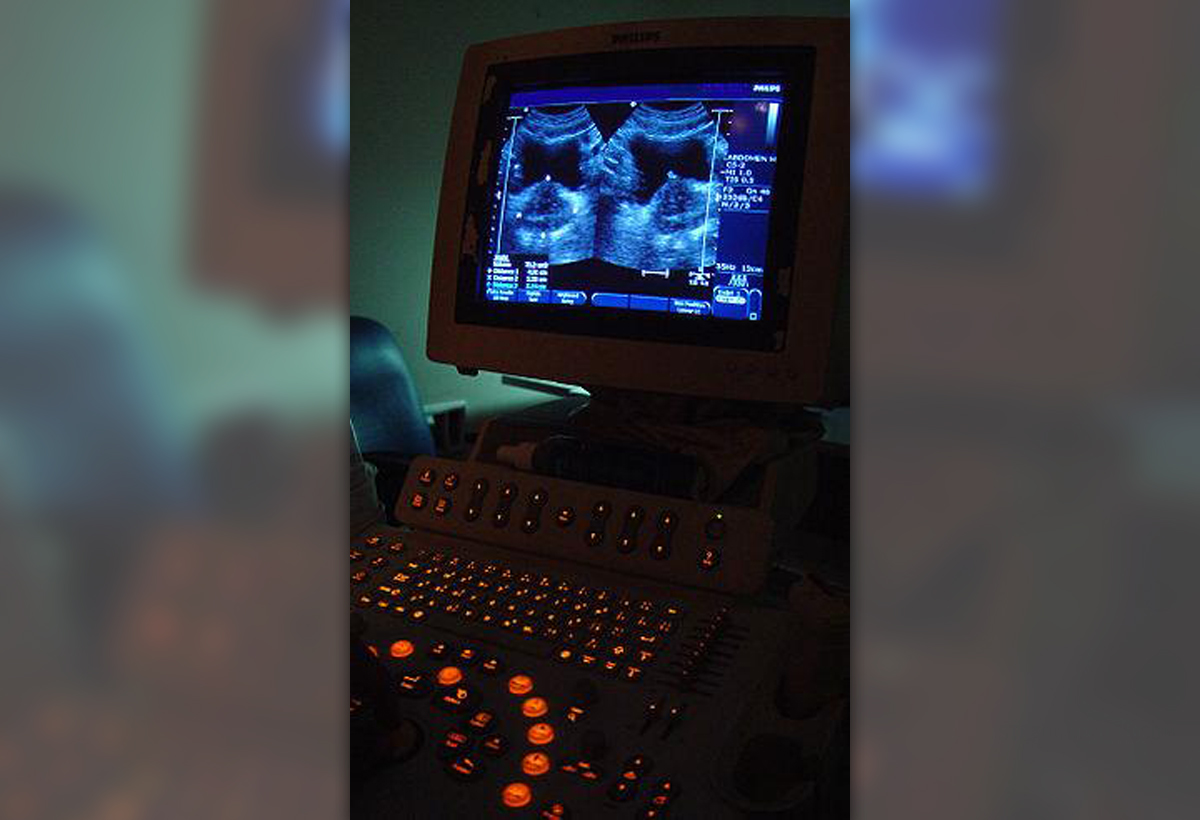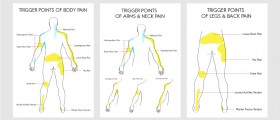
Ultrasound therapy is a medical method for dealing with specific health problems. Even though this method uses the same principles as ultrasound scanning, the effect of the therapy is quite different.
Therefore, if you ever face the necessity of undergoing ultrasound therapy, the lines below will help you by providing the basic information about this procedure.
Basic Information on Ultrasound Therapy
Usually, this form of therapy is applied by physical or occupational therapists, helping individuals deal with various pain conditions, while, at the same time promoting tissue regeneration. Bear in mind that this form of treatment is not suitable for all chronic types of pain. Yet, it is bound to result in healing once you are suffering from osteoarthritis, myofascial pain, bursitis, carpal tunnel syndrome, phantom limb pain, sprains and strains as well as painful scar tissue.
Once your doctor directs you to an ultrasound therapy, you can be exposed to either mechanical or thermal type of this procedure. The main difference between the two lies in the rate in which the sound waves emitted pass through the tissues in your body.
Therefore, the thermal variant is stronger, triggering vibrations which even reach the deep tissue molecules, resulting in a rise in heat levels and the levels of microscopic friction. This situation stimulates cell metabolism, resulting in tissue regeneration, promoting health and recovery from injuries.
As for the mechanical alternative, instead of using continuous sound waves, this approach emits pulses of sound which go through the tissues, slightly increasing the temperature. Hence, this variant is considered to be excellent for dealing with inflammations, swelling and the pain caused by these states of affairs.
However, none of these therapies is better than the other one. Rather, one is more suitable for specific health problems and is therefore preferred in such situations. For example, if you are bothered by myofascial pain or muscle sprains and strains, thermal ultrasound will result in healing. On the other hand, if scar tissue pain or carpal tunnel syndrome are causing you discomfort, mechanical ultrasound therapy will do the trick.
The therapy itself lasts between 5 and 10 minutes. Here, a special type of gel is applied onto the body parts undergoing the therapy, boosting the penetration of the sound waves into the skin. The ultrasound device is held above and on the painful site by the therapist.
As for the experience, some individuals feel the ultrasound waves, while others feel nothing apart from the mild warmth on their skin. Thus, in general, the ultrasound therapy is not considered to be painful. If it is to you, make sure you let the therapist know this right away.
Keep in mind that ultrasound therapy is not designed for usage over the abdomen, over the pelvic regions and the lower back area during menstruation or pregnancy. Also, this form of therapy not suitable for being used on lesions, healing fractures or broken skin. The eye area, the breasts and the genitals should not be exposed to ultrasound therapy too, along with any plastic implants, tumors or low sensations and impaired blood-flow areas. Finally, individuals who have pacemakers should avoid ultrasound therapy.
Drug Delivery with Ultrasound
Ultrasound therapy is capable of delivering drugs to specific areas of the body, through a process called acoustic targeted drug delivery. Through this procedure, the health experts are capable of distributing drugs to specific tissues like tumors during chemotherapy or thrombolytic drugs in cases of blood clots.
Currently, more tests are being carried out, discovering whether applying pressure during ultrasound therapy is a step which can additionally boost the drug delivery to specific tissues, enhancing the process.
Another test therapy involves placing a wafer inside the skull of a patient who has just undergone surgical brain tumor removal. Even though this procedure often fails to save one's life, it holds great promise since it boosts the delivery of chemotherapy into the brain, preventing the renewal of the tumor tissues, reducing the time necessary for the chemotherapy to become effective.
Sport Injuries and Ultrasound Therapies
Most muscle injury ultrasound therapy expenses are covered by medical insurance companies. However, the effectiveness of this approach for these purposes varies.
The trials of the ultrasound therapy for these purposes were carried out on rats who have suffered from provoked muscle contusions. This form of injuries was supposed to imitate the injury hockey players often go through. During the trial, one limb was treated with ultrasound therapy, through 5 minute sessions over seven days. At the end of the testing, it was found that both limbs healed at a same pace.
Therefore, scientists and athletes both fear that the ultrasound therapy produces a placebo effect which can make matters worse, increasing the severity of the injury once the affected body part is exposed to exertion anew.
All in all, the ultrasound therapy is used for many different forms of injury treatments. Some people have benefited from it greatly, while others are skeptically waiting for better results before they undergo it. Either way, this form of treatment holds great promise and we are bound to hear more about it as it continues to evolve.

















Your thoughts on this
Loading...